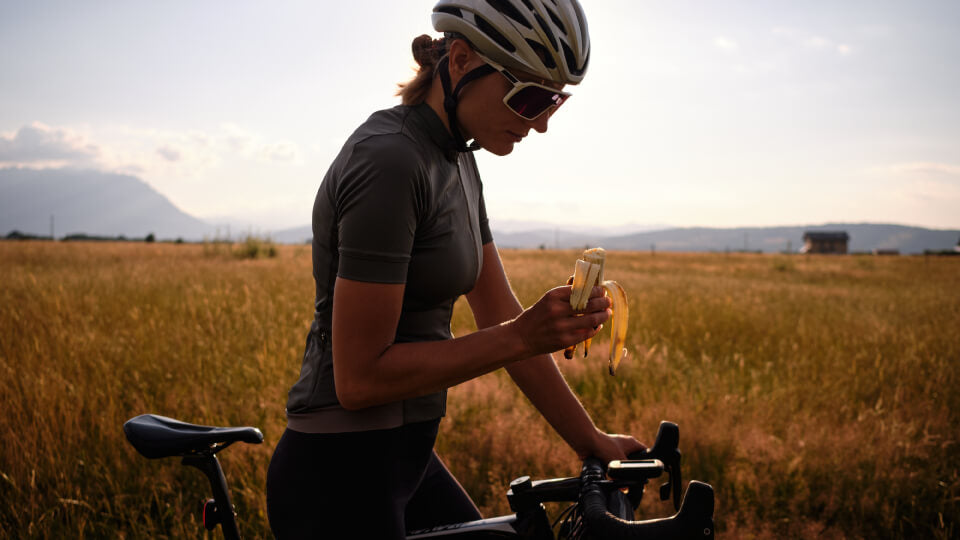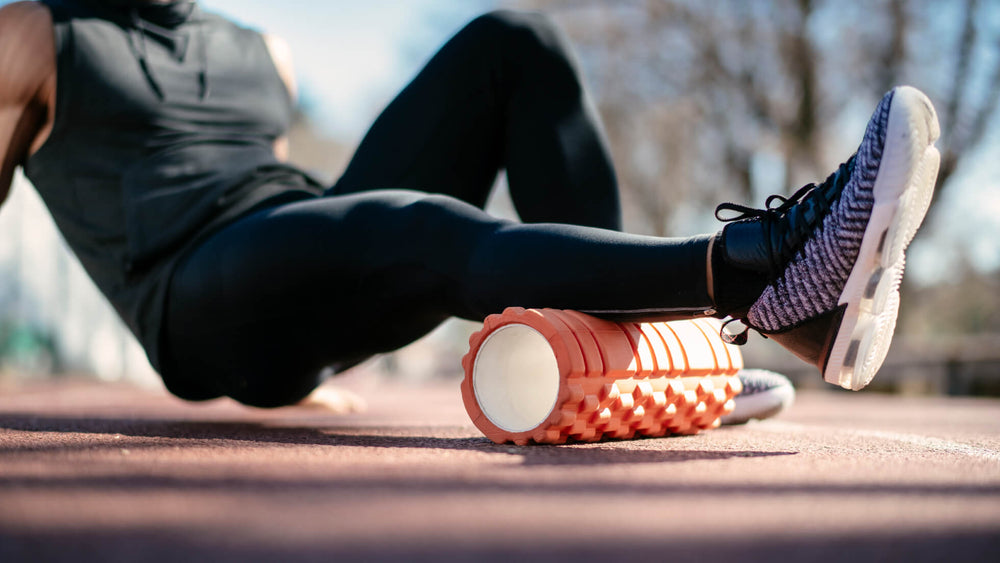Fuel Your Spring Cycling Centuries and Fondos: Nutrition Strategies for Training and Race Day

As the weather warms and the days grow longer, the cycling event season is upon us. If you're training for a spring fondo or century ride, proper nutrition is crucial for optimizing your performance and ensuring you have a safe, enjoyable experience. Whether you're logging long training miles or tackling the big event itself, follow these nutrition tips to fuel your cycling endeavors.
Nutrition for Training Rides
The key to nailing your nutrition during training is consistency. Aim to adopt a balanced, nutrient-dense diet year-round, with a particular focus on carbohydrates, protein, and healthy fats to support your cycling-specific energy needs.
Carbohydrates: As a cyclist, carbs should make up the foundation of your diet, providing the primary fuel for your working muscles. Aim for 5–7 grams of carbs per kilogram of body weight per day, with a focus on complex, fiber-rich sources like whole grains, fruits, vegetables, and legumes. These will deliver a steady stream of usable energy to power your training sessions.
Protein: Protein is essential for muscle repair and recovery, so be sure to include high-quality sources like lean meats, eggs, dairy, and plant-based options like tofu, tempeh, and legumes. Shoot for 1.2–1.6 grams of protein per kilogram of body weight per day to support your cycling-specific needs.
Healthy Fats: Don't shy away from fats — they play a crucial role in hormone production, nutrient absorption, and providing a concentrated source of energy. Aim for unsaturated fats from foods like avocados, nuts, seeds, olive oil, and fatty fish. Incorporate these into your meals and snacks throughout the day.
During your longer training rides, focus on consuming 30–60 grams of carbohydrates per hour to maintain your energy levels and prevent bonking. Good options include sports drinks, gels, chews, and real food sources like bananas, dates, or energy bars. Experiment with different products and find what sits best in your stomach.
Staying hydrated is also paramount, so be sure to drink fluids regularly, aiming for about 16–24 ounces per hour. Water, electrolyte-infused drinks, and diluted fruit juices can all be effective hydration sources.
Nutrition for the Big Event
When it comes to the actual event day, your nutrition strategy should build upon the habits you've established during training. However, there are a few key considerations to keep in mind:
Pre-Ride Fueling: Approximately 2–3 hours before the start, consume a carbohydrate-rich meal or snack that is easy to digest, such as oatmeal with fruit, whole grain toast with nut butter, or a smoothie. This will help top off your glycogen stores and provide sustained energy for the ride.
During the Ride: Just as in training, aim to consume 30–60 grams of carbs per hour to maintain your energy levels. Sports drinks, gels, and real food sources like bananas, dates, and energy bars can all be effective options. Pay attention to your individual tolerance and experiment during your training rides to find the right balance.
Hydration: Staying hydrated is crucial, especially during longer, warmer events. Drink early and often, aiming for 16–24 ounces of fluid per hour. Sports drinks that contain electrolytes can help replace what you lose through sweat.
Post-Ride Recovery: As soon as possible after crossing the finish line, focus on refueling with a mix of carbohydrates and protein. A recovery shake, sandwich with lean protein, or bowl of oatmeal with greek yogurt are all great options to kick-start the recovery process.
Remember, everyone's individual nutritional needs and tolerances can vary, so it's important to experiment during training to find the strategies that work best for you. Pay attention to how your body responds to different fueling approaches and make adjustments as needed.
By nailing your nutrition, both in training and on event day, you'll be able to ride stronger, longer, and recover more effectively — setting yourself up for a successful and enjoyable spring cycling season.
Take the next step in your training regimen: Try any BRL Sports supplement risk-free! If our natural nutritional products aren’t the best you’ve ever used, simply return your purchase for a 100% refund — no questions asked!
Also in Inspiration & Perspiration

High Altitude Supplements: Complete Guide to Training & Prevention (Altitude Sickness Solutions)
Support endurance and reduce altitude stress with supplements that improve oxygen efficiency, stamina, and recovery in high-altitude conditions.

Best Supplements For Runners: Complete Guide By Training Phase (Base, Peak, Taper & Race Day)
Discover the best supplements for runners by training phase—base, peak, taper, and race day—to boost endurance, recovery, and performance.

Creatine for Endurance vs. Sprint Efforts
Creatine isn’t just for power—learn how it boosts sprint speed, recovery, and endurance performance.


